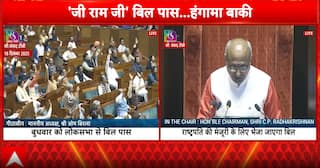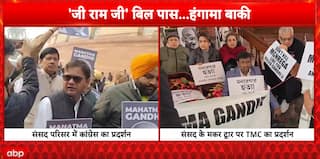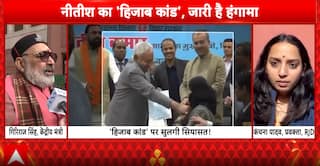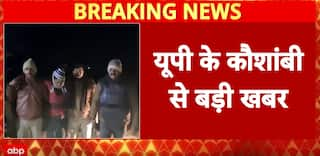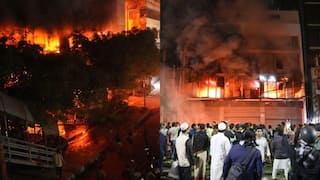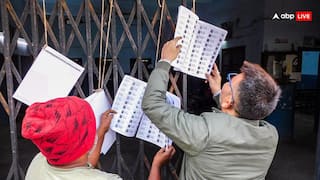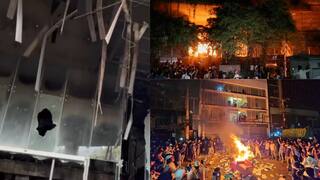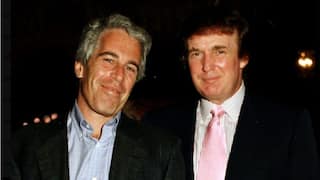UP Result 2022: BJP Wins Another West-To-East Election, And How!

New Delhi: In retrospect, the impact of farm law agitation in Uttar Pradesh elections seems to have been confined to a few districts in Meerut division. The biggest beneficiary has been Jayant Chaudhary with his Rashtriya Lok Dal finding a toe hold in west-UP polity after conceding the space to the Bhartiya Janata Party (BJP) in the last seven years.
In districts south of Delhi with pockets of Jat population, it seems the division of Jat votes was in favour of the BJP as the ruling party has incurred minimal losses in Bulandshehar, Mathura, Aligarh, Hathras and Agra.
On the contrary, maximum damage to the ruling alliance has been inflicted in the far east in the southern Poorvanchal region that went to polls in the last phase. And there is reason for why BJP found the going tough as the election travelled from west to east over the month.
The Far East Loss
Districts bordering Bihar in the Varanasi division have a very high concentration of backward voters. The Samajwadi Party had made a concerted bid this time around to win over a section of the Most Backward Communities that have over time shifted to the BJP.
Om Prakash Rajbhar was back in the SP fold after having contested the last assembly polls as part of the NDA alliance. His impact in districts like Ghazipur, Balia, Mau, Azamgarh and Varanasi was evident.
Even in the 2017 assembly polls, the BJP found the going much easier in the first four phases. The party got a vote share of more than 42 per cent, winning 190 out of the 230 seats up for grabs.
In the last three phases, its vote percentage dipped by almost 7 percentage points. The party won 172 seats with a strike rate of 71 per cent.
Traditionally, the BJP has been stronger in the western parts of the state, something which is reflected in its electoral performance also.
This is why, in a multi-phased election in UP, it suits the BJP to start on a strong note from the western frontiers so that by the time the election reaches its Achilleas Heels in Poorvanchal, it has almost gone past the summit.
Why It Works Best For BJP In UP When Polls Travel West To East?
The year 2007 was the first time the Election Commission of India conducted the UP elections in seven phases. It’s a practice that has since been followed in all assembly polls.
The Election Commission of India conducted the 2004 Lok Sabha polls in four phases. The elections travelled from east to west and BJP’s tally plummeted to the extent that party lost power at the centre.
Even the next three elections — 2007 and 2012 and 2009 Lok Sabha polls — did not travel linearly from west to east. BJP lost all three by a comprehensive margin.
But since 2014, all elections — including Lok Sabha and assembly — have been held from west to east. And the BJP has won all the polls with a comfortable margin.
This time too, despite the hullabaloo, the BJP has come up with trumps in a west-to-east elections.
And the party registered its best performance in western and central districts to offset losses in the far east in the last two phases.
The author is an independent journalist who writes on politics and policy.
[Disclaimer: The opinions, beliefs, and views expressed by the various authors and forum participants on this website are personal and do not reflect the opinions, beliefs, and views of ABP News Network Pvt Ltd.]








